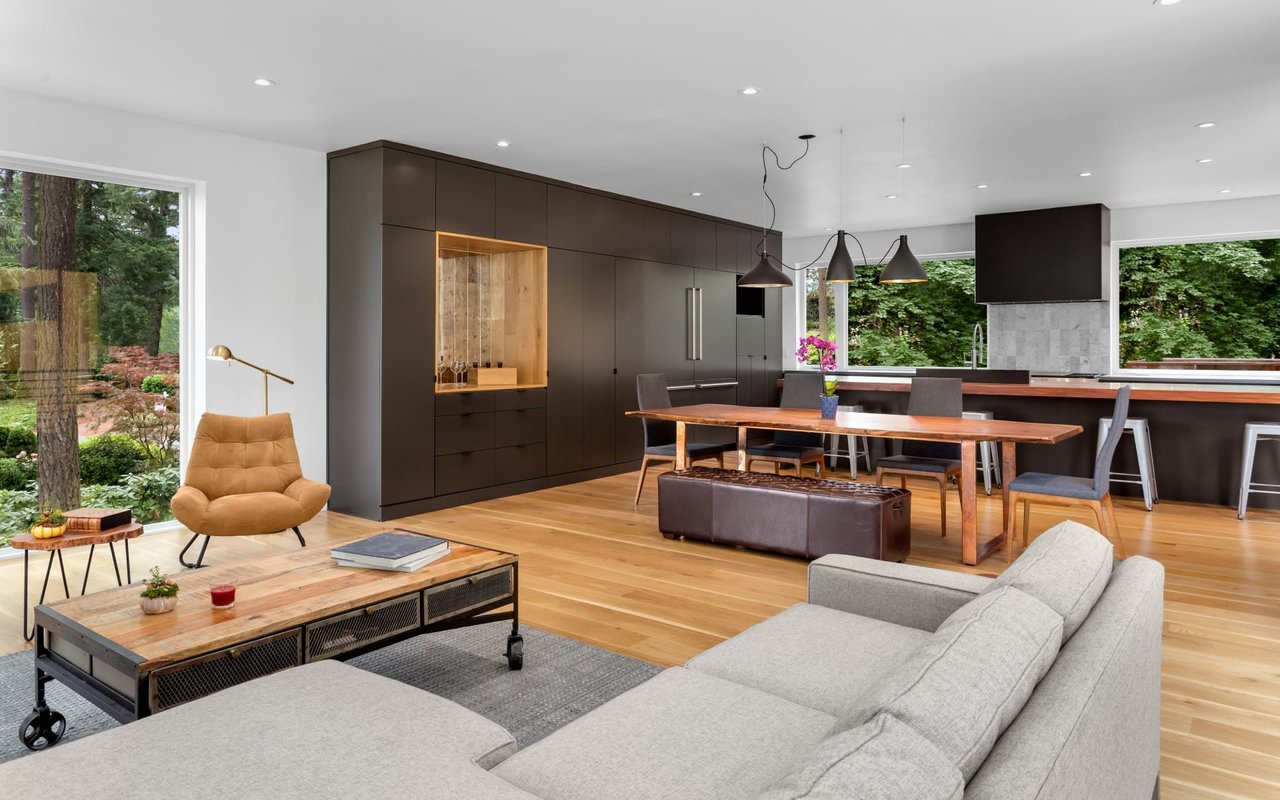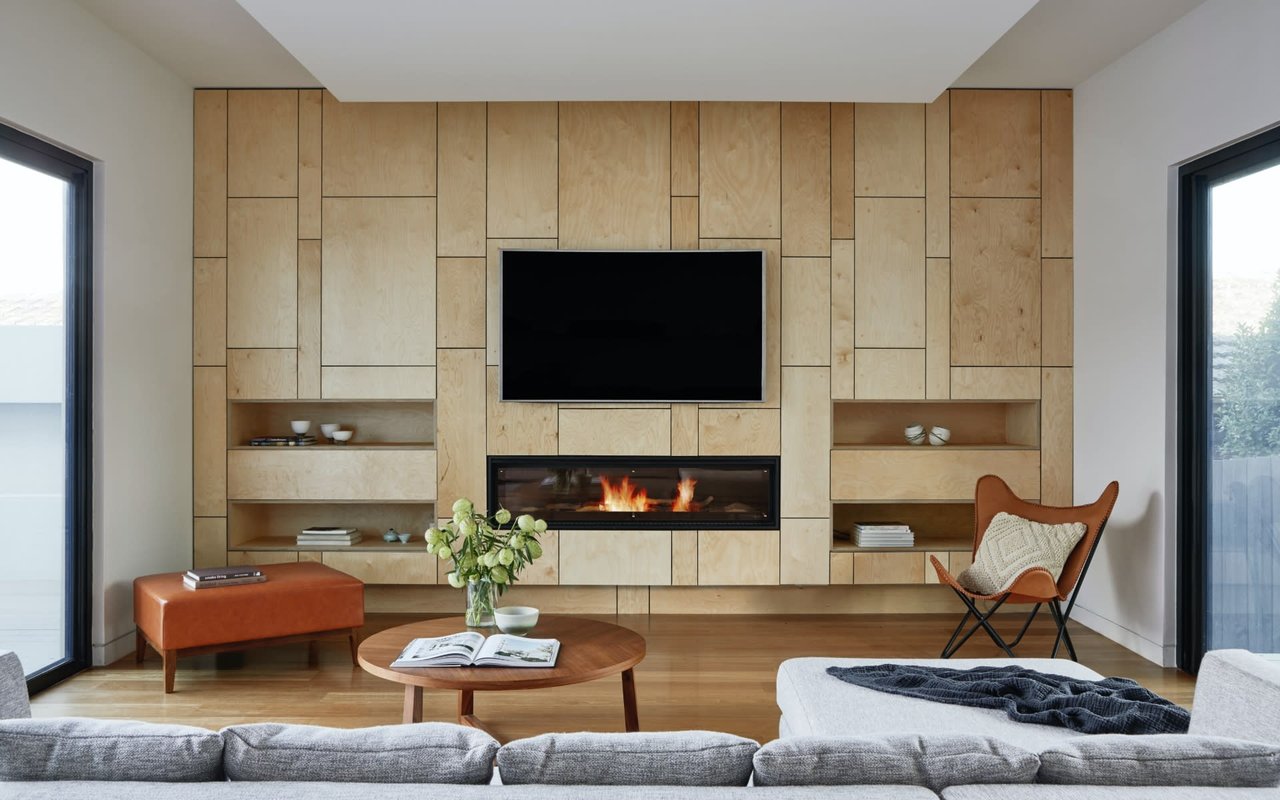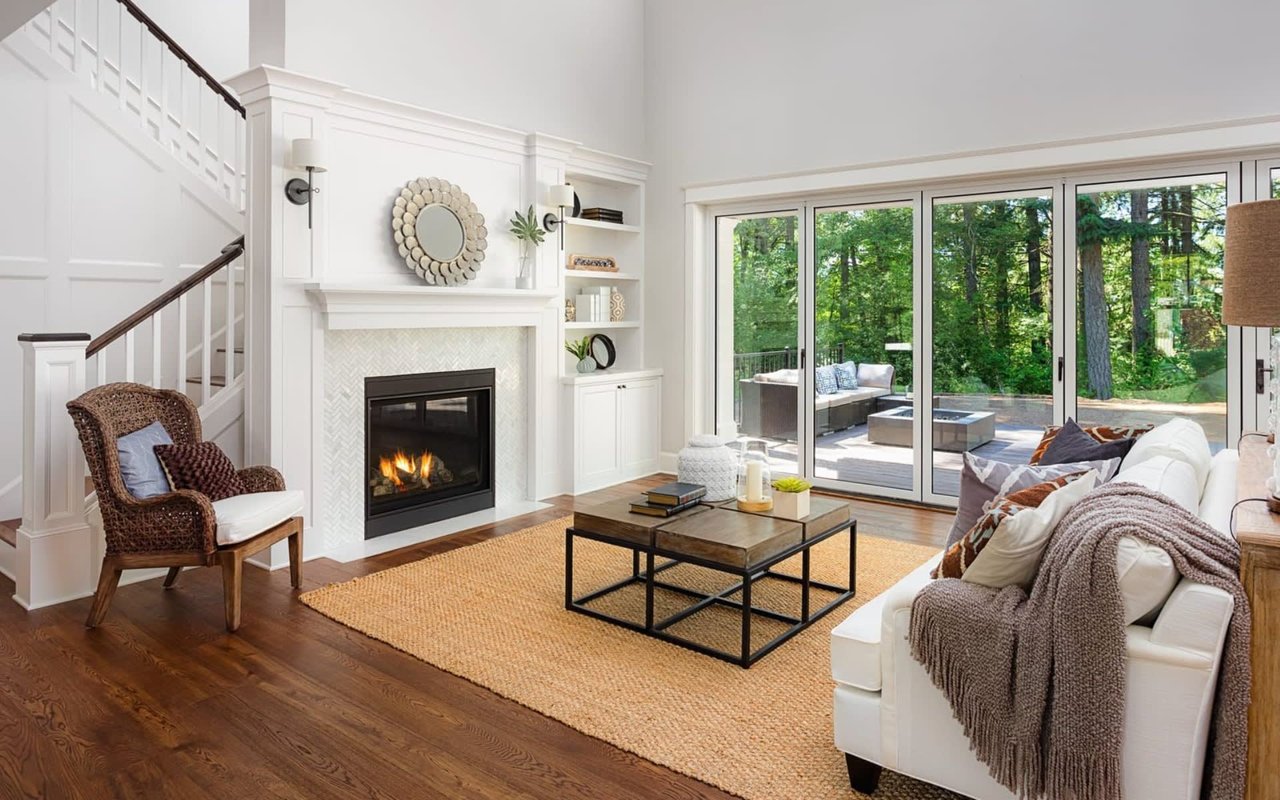How to Move Up to Your Next Home with Ease - Week 5
My 5-part series is a “how-to” guide for moving up to your next home with as little stress as possible. Whether it’s your first time moving up or you’ve done it before, this series is a great resource. This time around, you’ve got more to think about, plan, and “get right” than when you bought your first home.
This article is for those move-up buyers who plan to buy their new home first, and then sell their current home. This means that your lender must approve you to buy first, and you’re not required to sell your current home to finance your next one.
I’ll cover everything you need to know to make sure you don’t end up with two homes at the same time (at least for too long).
But first, make sure you have completely read through this previous article in my 5-week series - The Big Move-Up Buyer Question: How Do You Buy and Sell at the Same Time?
That way you have already figured out your answer to this big question and know that “buying first” is the route you can and will take.
Meet with a Lender for Approval
It’s crucial not to start looking for a new home until you know whether your lender says you can buy first or if must sell first to be approved for the new home you want to buy.
If your lender says you need to sell first, go back and read Move-Up Strategies to “Sell First Then Buy.” By now we also assume you have read our first article, What Move-Up Buyers Need to Ask Themselves. These questions will help you determine your criteria for a new home, your budget, and what neighborhoods you’ll be looking in.
Knowing all of this ahead of time means you can move promptly and confidentially when you do find a home you want to buy.
Let’s Get Started
I’ll now show you how to buy and sell at the same time when you can financially buy a new home first, and then sell your current home afterward AND not have to carry two mortgages for long.
Some of you may even decide not to sell your current home at all, but rather keep it as a rental property.
Figure Out Your Down Payment
Lender Financing: Not every buyer can get approved to buy a new home first while still owning their current home. Be sure you have approval on paper from your lender to do this before you go down this path.
The lender will have examined your debt-to-income ratio. And if it’s not at a certain level usually 45% of your income, including all debt for the new home, your current home, car loans, etc. then you will need to sell your current home first to be approved for financing.
Keep in mind that you won’t know exactly how much your current home will sell for until you put it on the market and get an offer. However, you will have a general idea of the price. But, since you plan to buy a new home first, you really won’t know the exact equity you’ll get until you sell it.
Several Strategies to Consider: There are several different ways to get cash out of your current home or other investments you need a down payment to buy the new home. Just because you need cash out of your home, doesn’t mean you have to sell it first.
That is why I can’t stress enough to my clients to think of the long game when it comes to handling finances. It makes decisions about what to do with your money much easier if you already have a long-term strategy in place.
Remember these are all options to consider, but some may be better for you than others.
Borrow from your current home: As long as your lender can still approve you, consider a home equity line of credit (HELOC) or get a cash-out to refinance to get the cash you need out of your current home and still live there.
However, lenders do not look favorably on this. It may mean doing this one year and then moving forward with your purchase of a new home the following year.
This very reason is why we tell clients not to necessarily have an aggressive approach to paying down their current mortgage loan—you can’t get that money out again. So, if ever you have extra money and you plan to eventually move up to a bigger home, then don’t put that money into paying off your mortgage, instead save that money for your next down payment.
Borrow from yourself: We’ve used this one ourselves and it works well. Depending on how much money you have saved with a financial advisor, you may be able to “borrow” those funds without having to sell any stocks. This is a higher-level investment strategy that we can help you walk through. It’s a great way to create your very own “bridge loan” by borrowing from yourself.
Bridge Loans: Speaking of bridge loans, there are several bridge loan options out there from lenders. Not every bank will do them, but we have a list that will. We aim to have our clients avoid this option if possible because bridge loans are very costly. You’ll pay points and incur expenses that can be avoided if you use one of the other strategies above.
How to Decide Which Strategy is Best for You: Let us help you figure out which route you should take. When you meet with us, we’ll look at your entire financial picture as well as your long- and short-term financial goals. That way we can recommend the best course of action for you.
We’ll also need to rely on a lender who understands these types of transactions and can determine what is financially possible for you. For example, we don’t want to tell you to take out a loan if it ends up not allowing you to be approved for the new home unless you sell your current one.
Now is the time to find this out from your lender! Maybe you may want to buy first so you can take your time and find “the one.” Only your lender can tell you whether that’s possible.
As you can see, this part of the process takes a bit of planning and that is why I tell clients to reach out to me WELL before they need to move. By working with me as early as possible, you can put together a plan to buy first the “right” way and avoid unnecessary stress and costs.
Time to Make a Plan
Once you have your financing in place and you know where your down payment money is coming from, you can start to look at homes in your price range and in your preferred neighborhoods.
Remember, your price range should have been provided by your lender after you told them what you are comfortable paying per month on your new home as well as what you have for a down payment.
1.) Finding your new home first
Important: Do not go looking for a new home until you have had a very long conversation with your agent and lender about how you will finance this next home. This is worth repeating to you again and again! One of the benefits of buying your new home first is that there’s no pressure to rush to find a home. You can take your time and find your forever home or your move-up dream home.
The clock doesn’t start ticking until you buy (or put an offer) on that new home. And then you’ll have two mortgages!
And once you own it, you’ll have the time before moving to renovate or prep your new home for your family. It’s the perfect time to paint rooms before all of your stuff moves in.
Plus, you can slowly move in certain items so that you can stage your current home to sell with less clutter.
2.) How to time everything to make sure you don’t own two homes for too long.
One of the disadvantages of buying first is that you will own two homes at once and could have double mortgage payments for a while. This cost will all depend on how soon you will sell and close on your current home.
It’s preferable to have a firm plan in place so that you don’t waste any time between homes and can close on both of them within as short time as possible.
That’s why you should also understand the flow of the market, especially if it’s during the lull over the winter holidays; in early or late summer to time a move with school schedules; or at the chaotic peak of the spring selling season. You don’t want your current home on the market at a time when you can’t get the most for it!
It’s crucial to work with your agent as soon as possible to determine the average timeframes in the neighborhood you are looking in and the neighborhood you are selling in.
You can start talking a year from when you want to move or sooner, but always craft a plan to take into account all of your specific factors.
3.) Focus on selling your current home at the same time (just don’t put it on the market yet).
Now that you’ve got your plan and timing figured out, you should start preparing your current home for sale so that when you do find that next home, you can quickly put your current home on the market. You don’t want to waste time preparing your home at that point; it should already be done and ready to list.
Plus, if you currently live in a condo, you’ve got to deal with a whole other set of factors when putting it on the market. Remember that your buyers want a stable and financially secure condo association.
Be willing to do what it takes to sell your current home promptly.
That means to price it well and fairly. It’s not time to think too high and then get zero offers, causing your home to sit on the market longer than you would like.
Your goal is to start living in your new home (unless you’re thinking rental a property with your old home). Every month is another mortgage payment on your former home as long as you own it. Factor that into your budgeting and sales price.
However, I don’t mean you should shortchange yourself or look desperate to sell.
That’s why the marketing and timing of your sale will play a big part in how you price it.
This concludes our five-part series, How to Move Up to Your Next Home with Ease- a how-to guide on buying and selling at the same time. We hope you’ve learned that you need to:
- Plan well in advance before you need to move.
- Rely on your experts—both your agent and your lender need to be involved from the very beginning so you know what you can do and what is best for the market at that time.
- Don’t start looking for a home first. Two huge steps need to happen first.
- This all can be easier than you think if you plan well in advance and work with your lender and agent to guide you.
Remember, every move-up buyer is different and the plan and what’s possible depends on your financial situation and your goals.
Contact Me to schedule a conversation so we can determine what’s possible for you so you can get from where you are to where you want to be.
I can’t wait to hear from you and help make your experience of buying and selling at the same time as easy and as profitable for you as possible!




